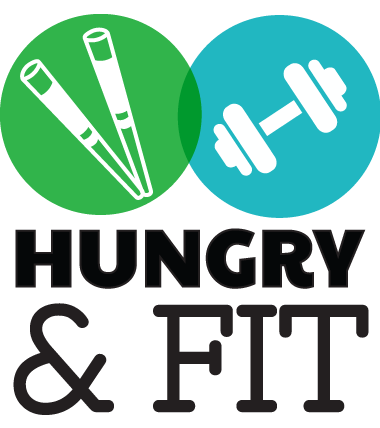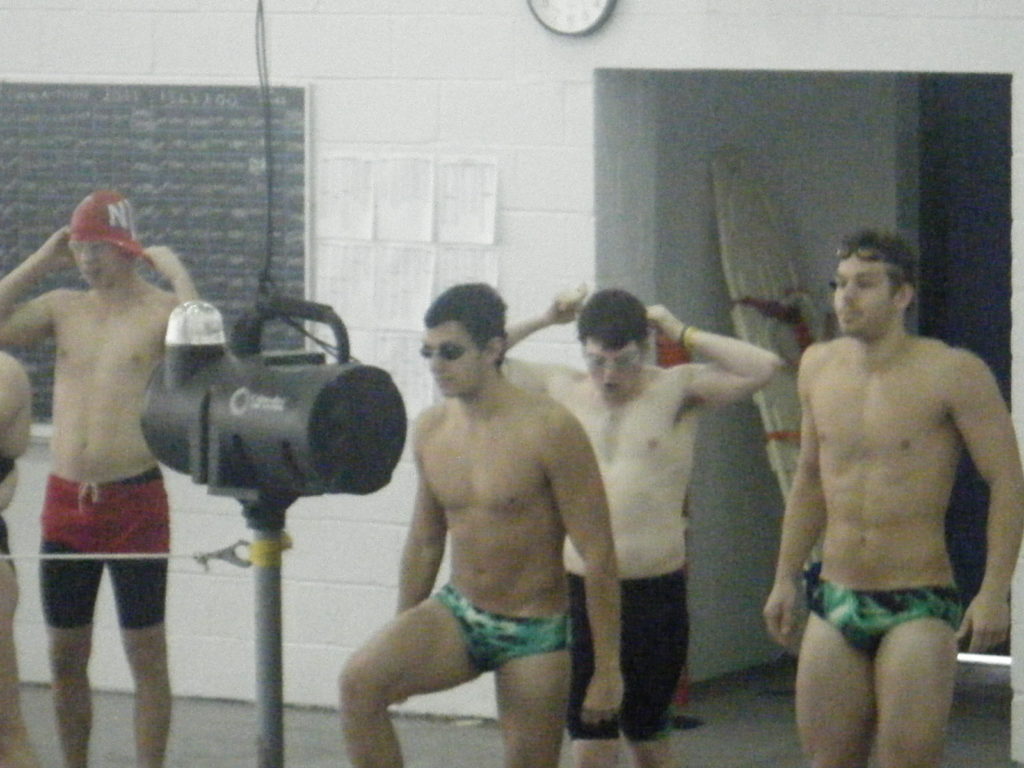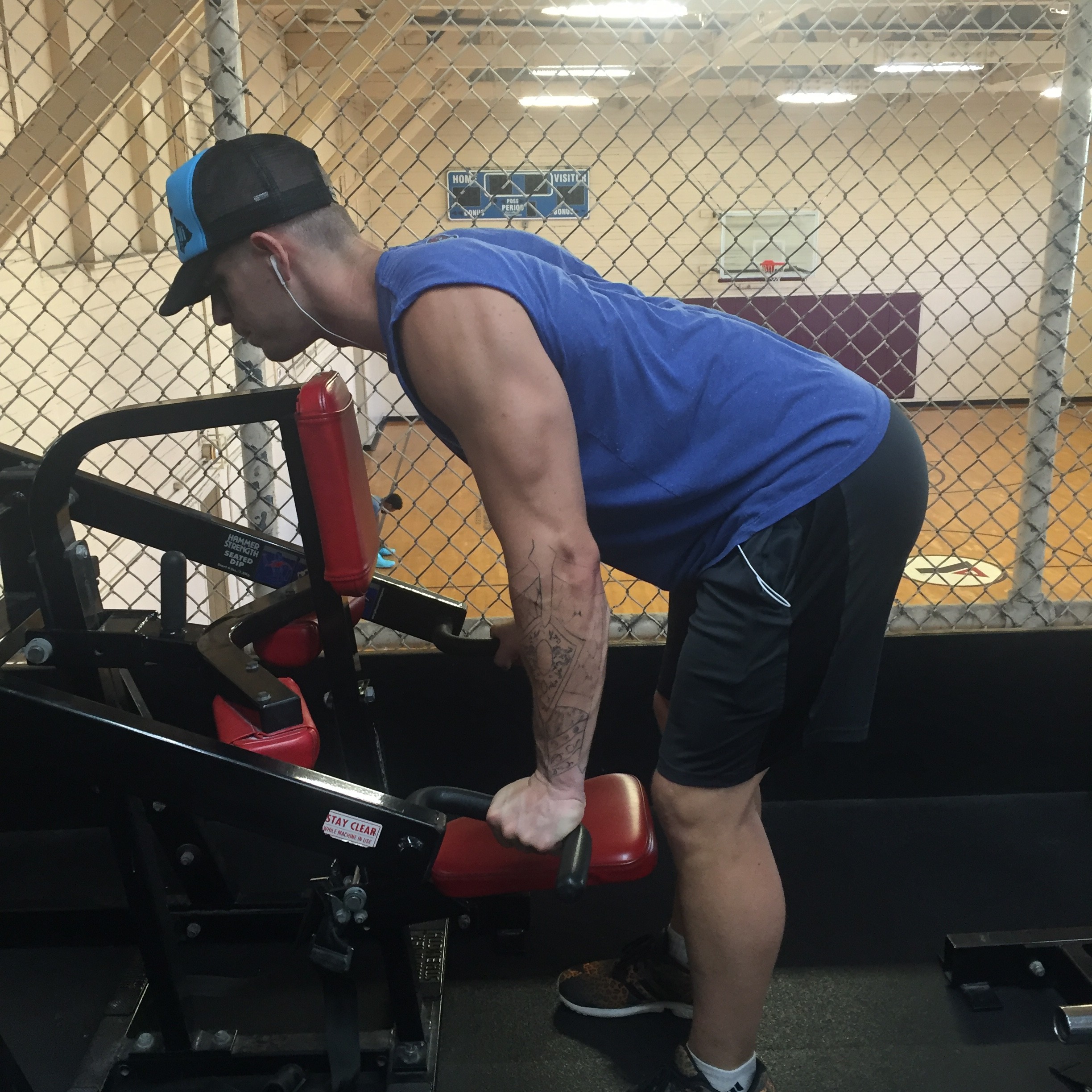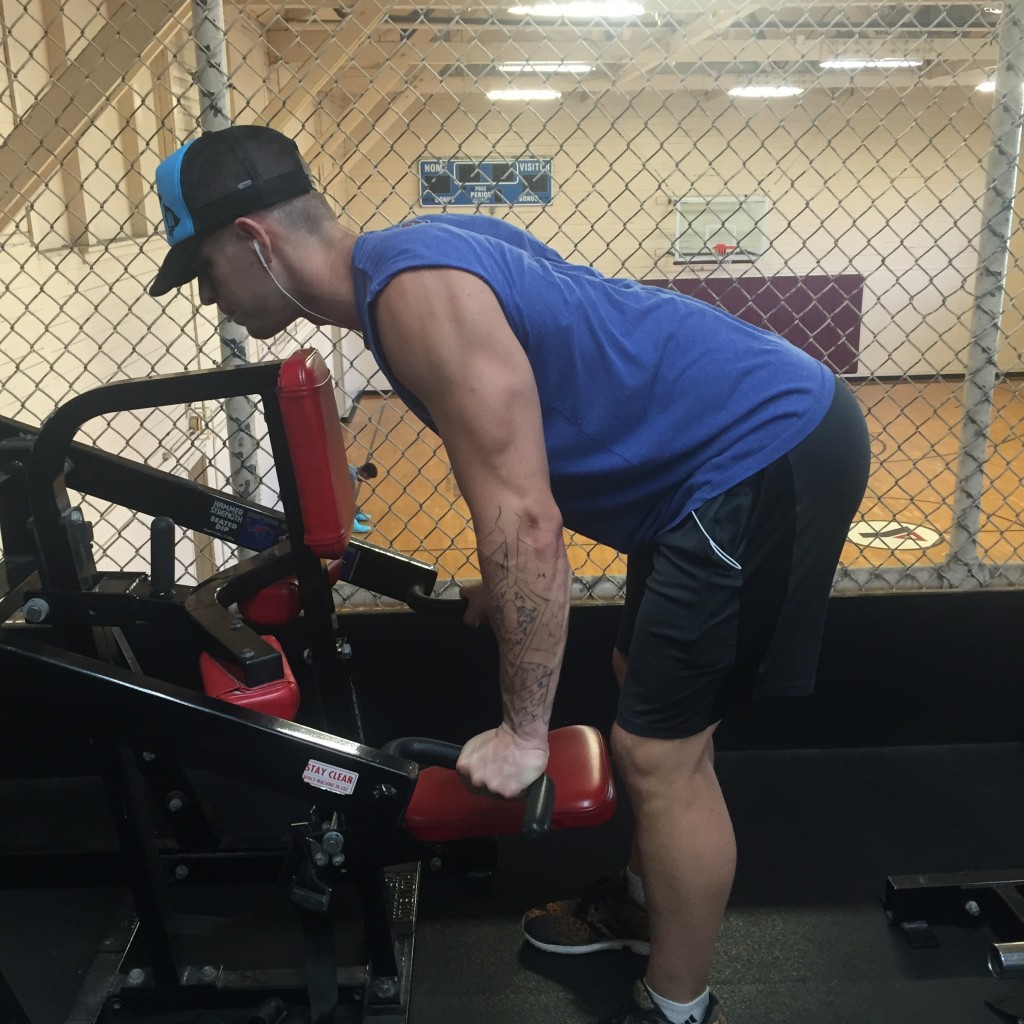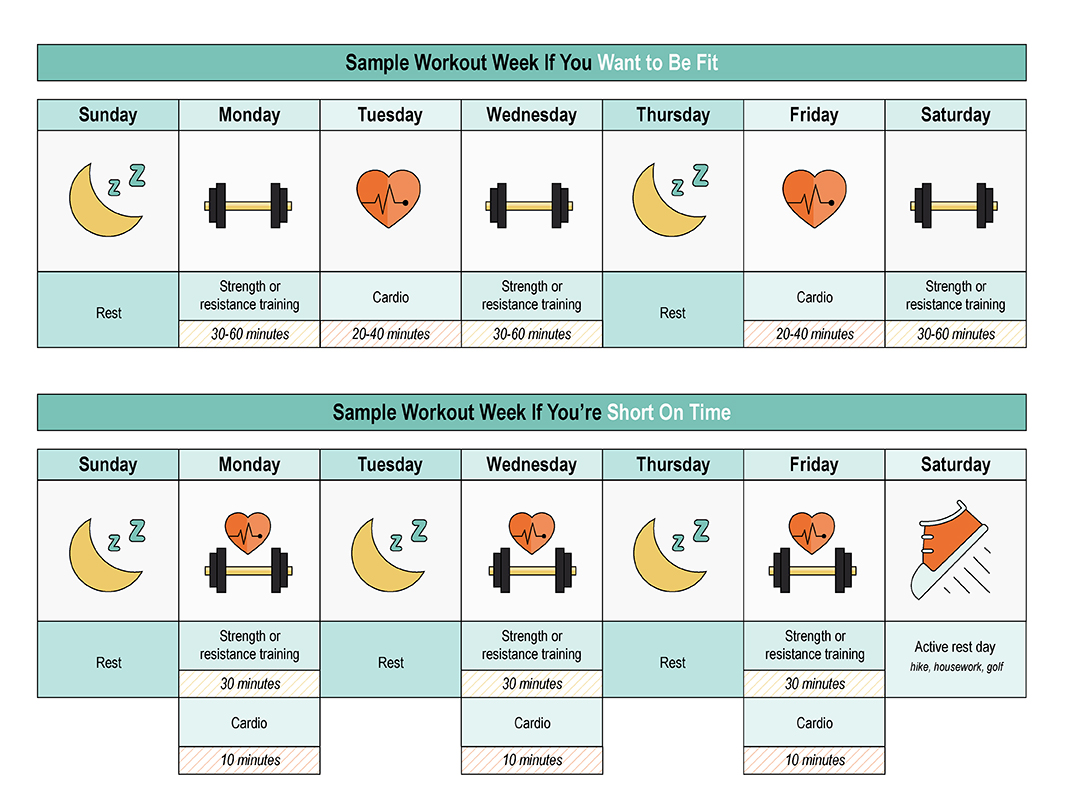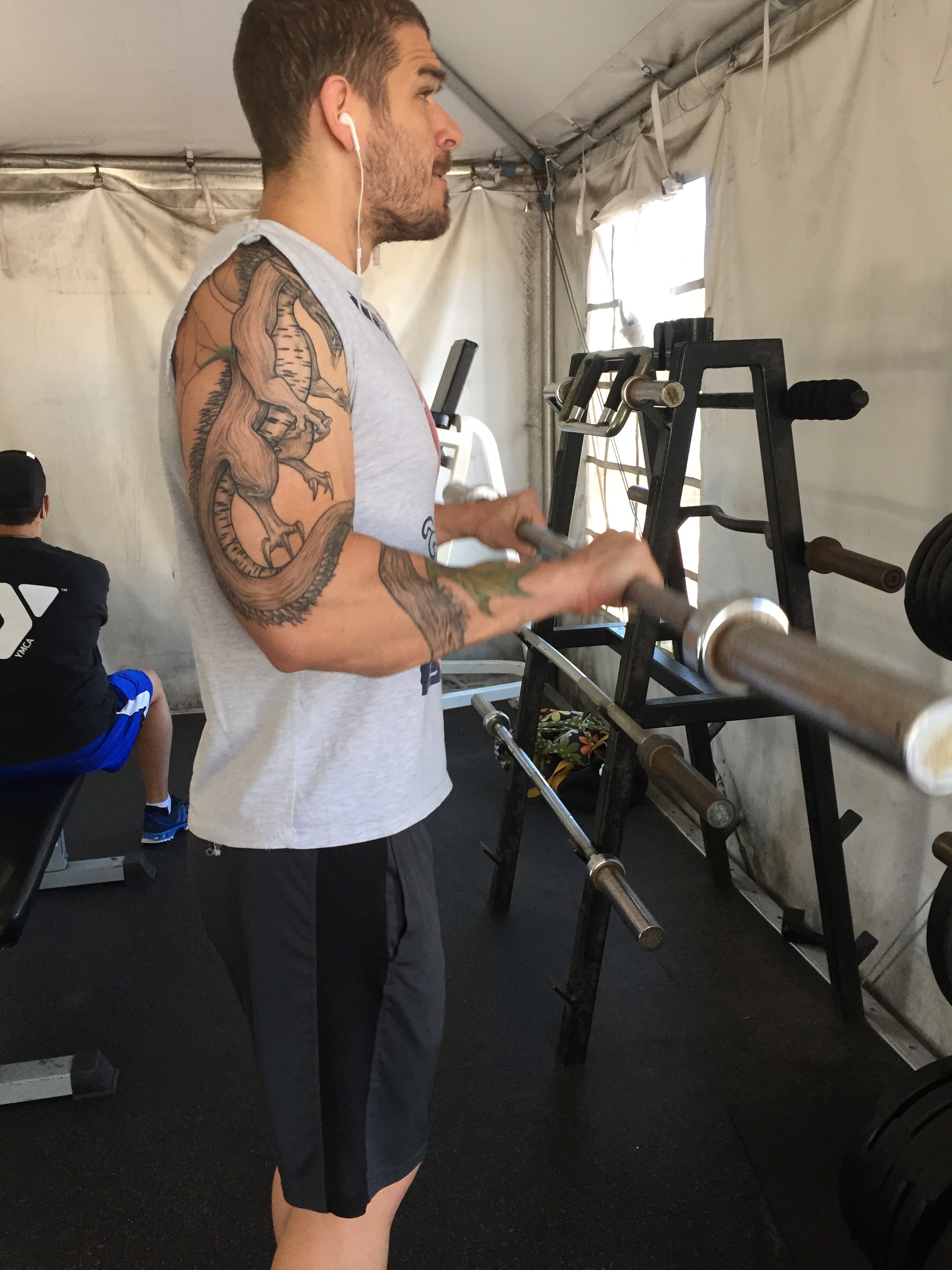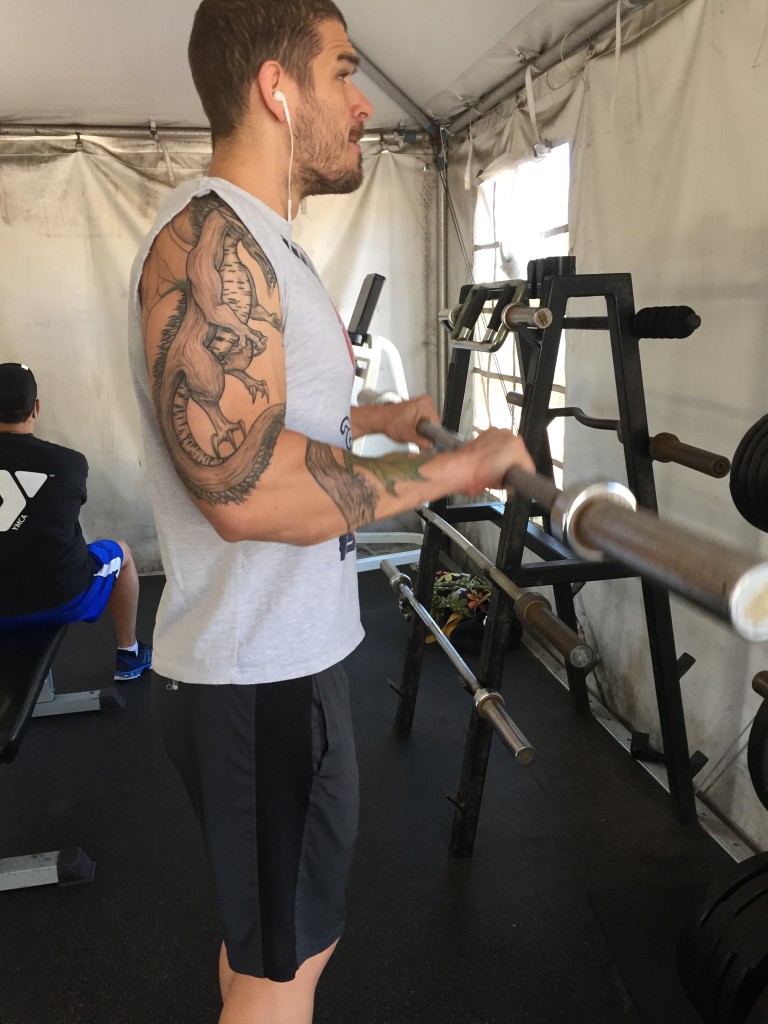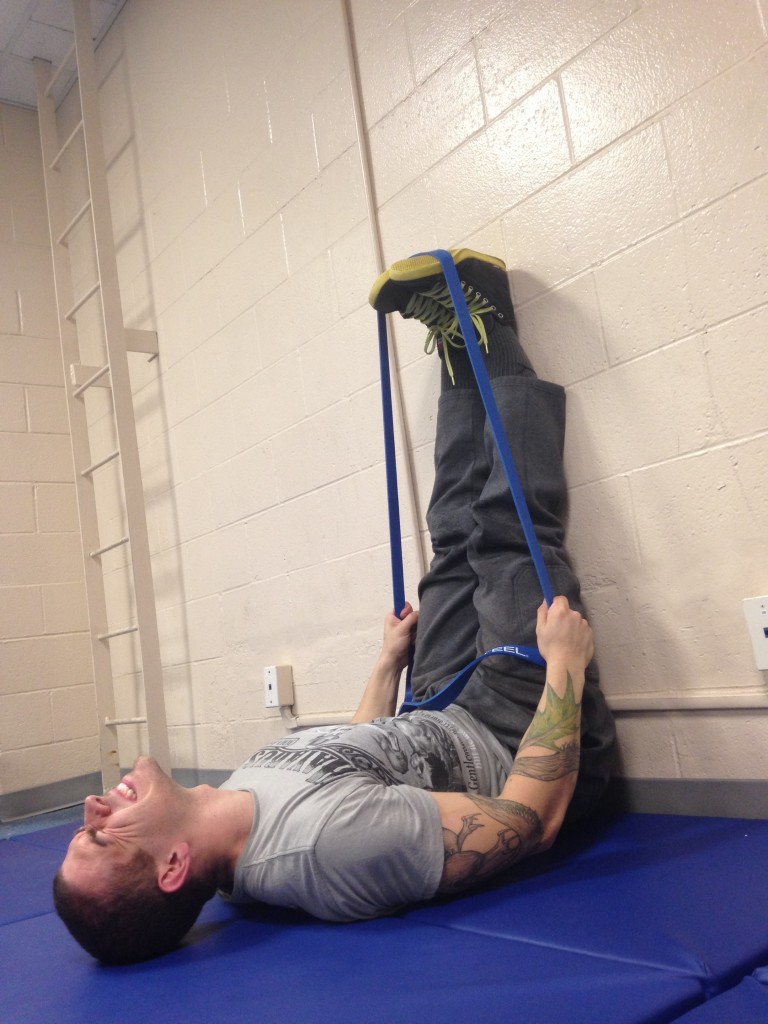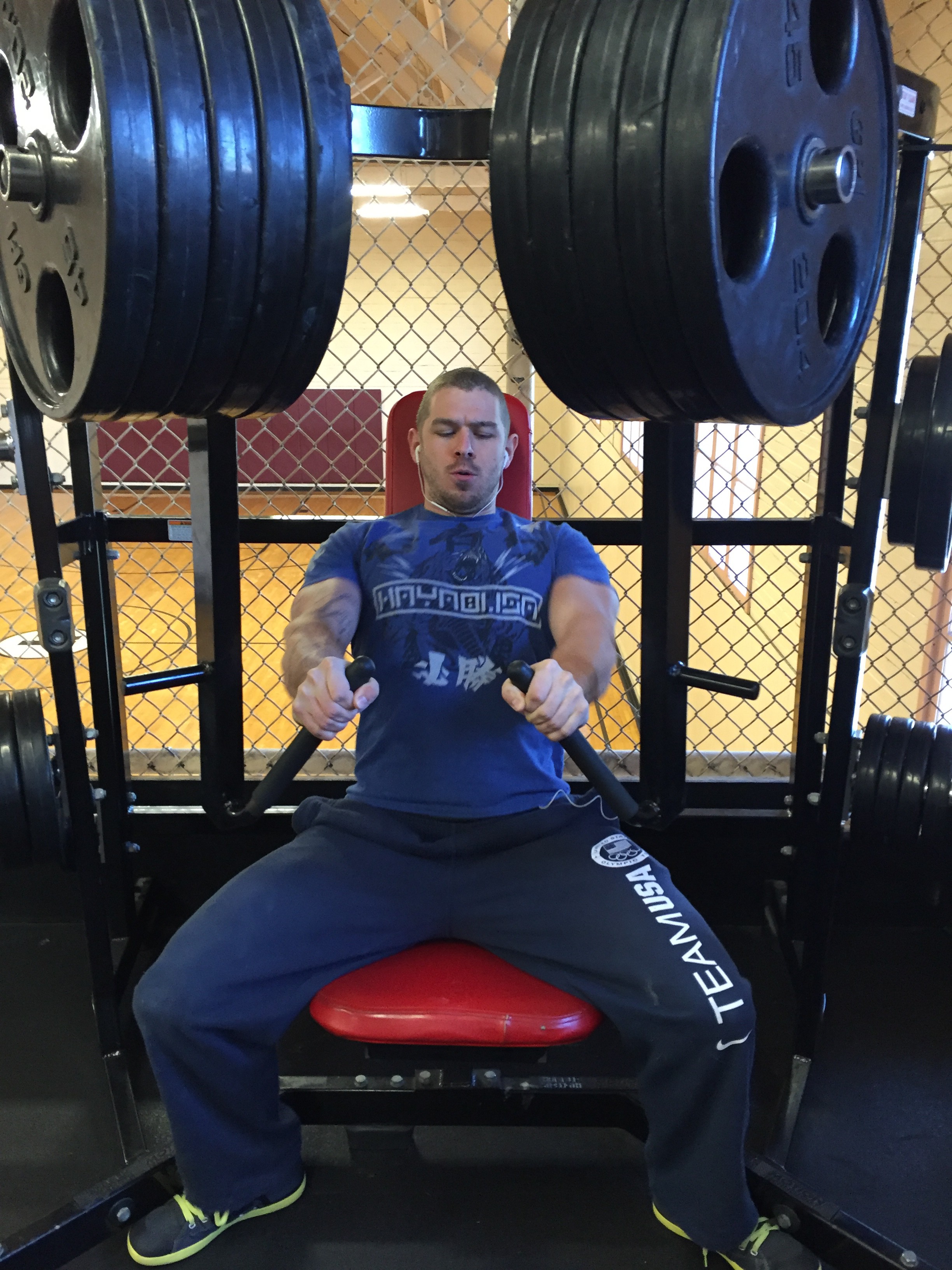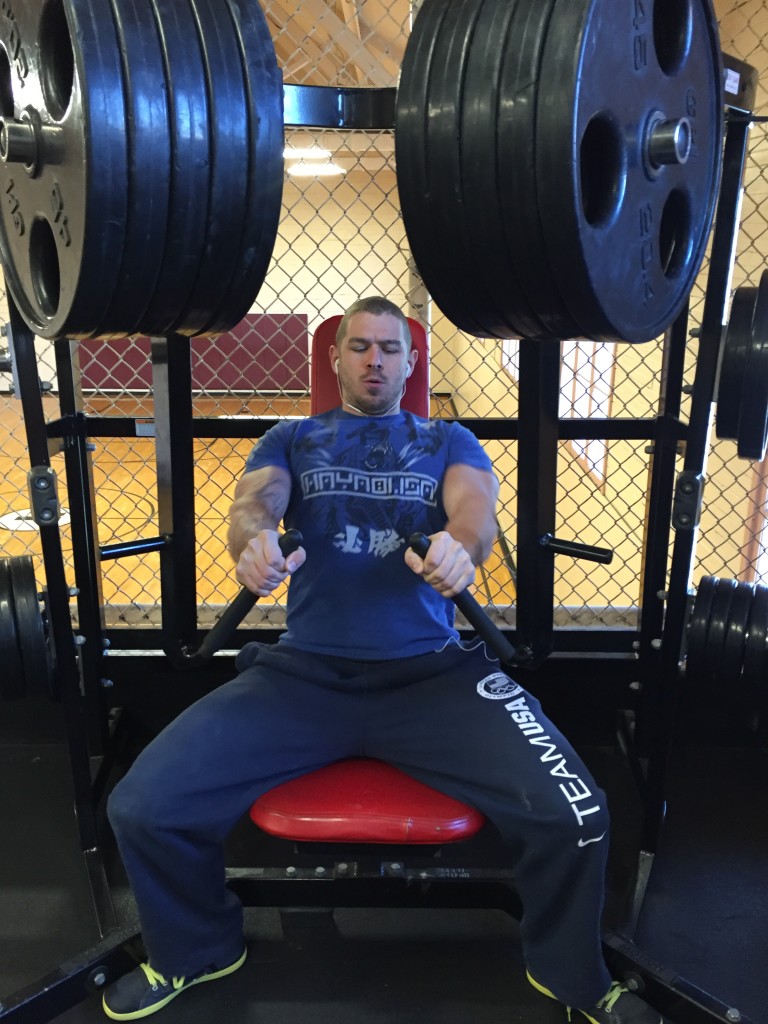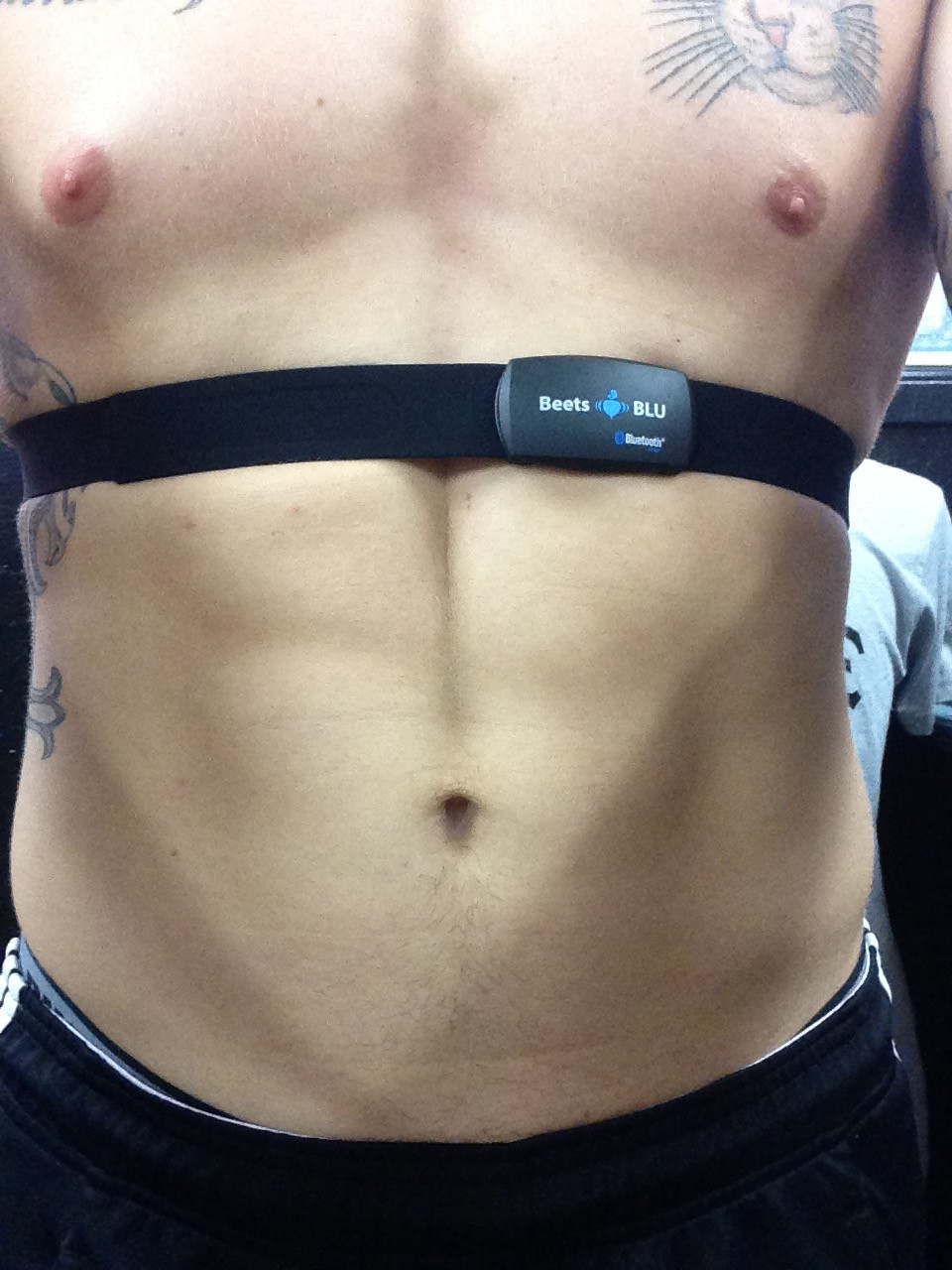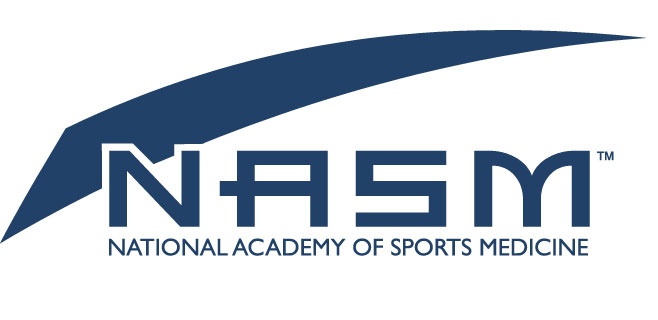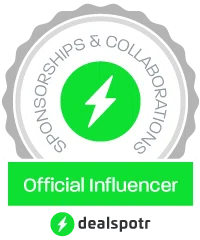The short answer to that “how did I build muscle in high school?” is… I didn’t, but allow me to expand on that. As an athlete who played almost exclusively team sports, I was used to focusing most of my time working with my team. Whether it was tennis, baseball, basketball or soccer, you were constantly practicing with your teammates, and even though you can work on skills independently, there are only so many hours in the day. Before the age of social media, you had far fewer influencers in your life (for better or for worse) so you were heavily dependent on your coaches and parents.
Fortunately for me, I was lifting weights at an extremely early age with my mother. She would take me to the gym and we would perform aerobics at home, but I’d never touch anything heavy or load up barbells with plates. I wouldn’t use selectorized strength equipment either, not until my high school soccer coach brought us into the school’s modest weight room to use the leg press machine. My father, who was a very competitive athlete himself, focused more on spending time “on the court.” That could mean hundreds of lay-ups and free-throws every day, lots of batting practice and volleying on the tennis court.
